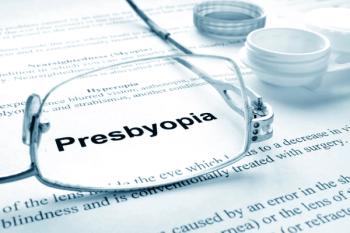
The IC-8 IOL uses the small-aperture concept to extend cataract patients’ depth of focus. Patients report high approval and reduced spectacle dependence.
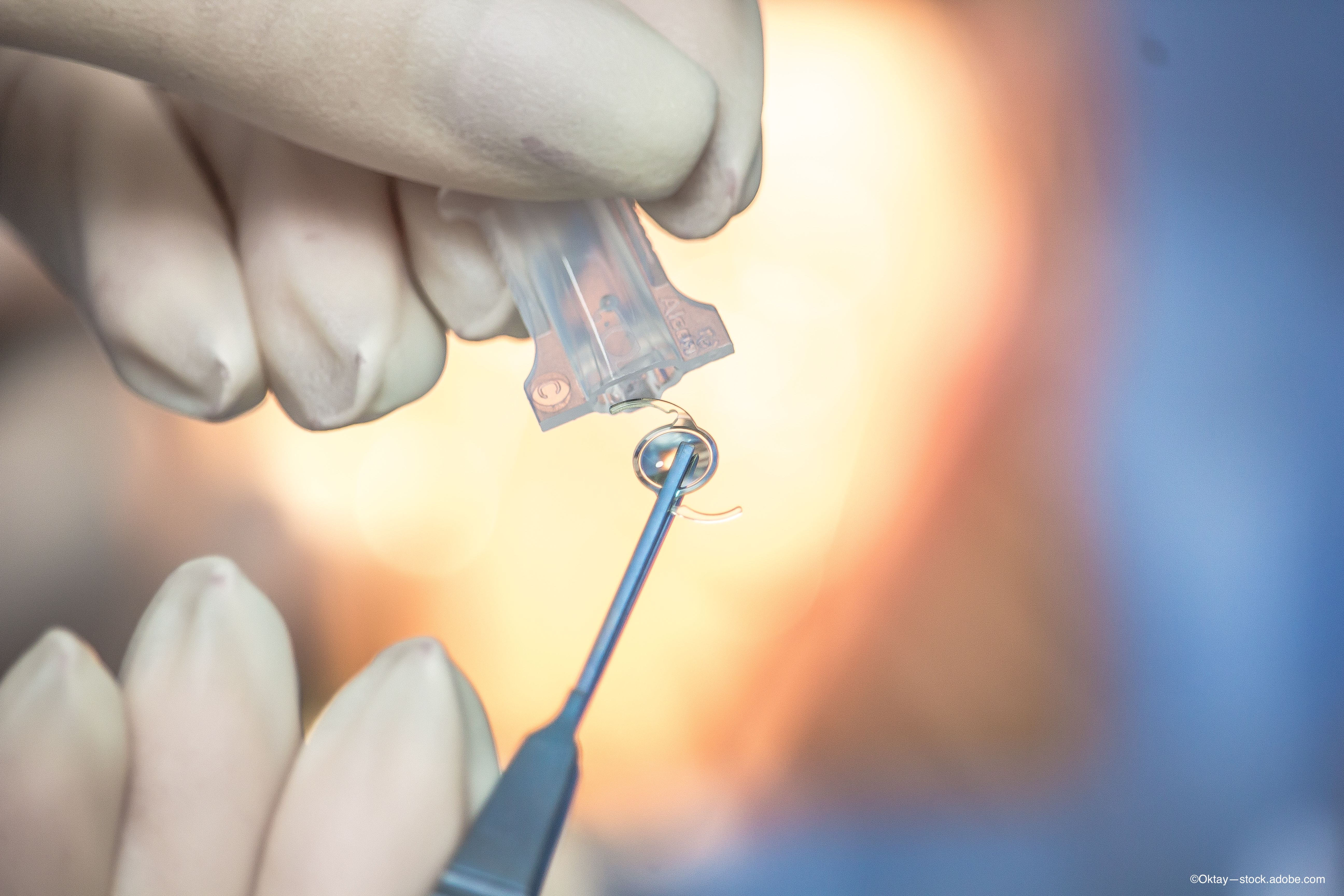

The IC-8 IOL uses the small-aperture concept to extend cataract patients’ depth of focus. Patients report high approval and reduced spectacle dependence.

A new monofocal IOL was found to provide stability in the capsular bag 1 week and 1 month after implantation, with good refractive outcomes.

Strategies for the management and prevention of floppy iris syndrome include intraoperative interventions and recommendations on alternatives to tamsulosin for medical therapy in men with cataracts.
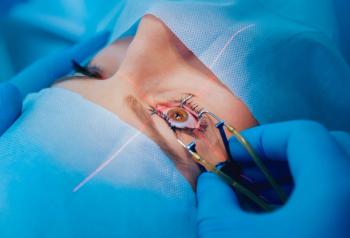
Presbyopia can be treated in emmetropic, myopic and hyperopic patients with refractive errors between +5.75 and -9.00 D using corneal non-linear aspheric ablation profiles to increase the depth of field in both eyes, in combination with micro-monovision. Patient satisfaction with this approach is high.

Community support is the most important factor in ascertaining effective treatments for paediatric eye diseases.
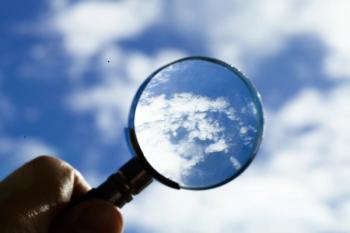
The principle of pinhole optics at work in the IC-8 IOL overcomes visual disturbances associated with corneal disease and provides a functional range of vision.

John A. Hovanesian, MD, discusses the highlights of his presentation on a clinical study evaluating dexamethasone vs prednisolone acetate 1% in controlling postop pain/inflammation in sequential cataract surgery patients.

Poorly focused YAG shots lead irrevocably to a permanent defect in the IOL material and thus to possible effects on the quality of vision with straylight or glare. In a recent study, the differing amounts of damage that Nd:YAG causes in a range of hydrophilic and hydrophobic acrylic lens materials was assessed.
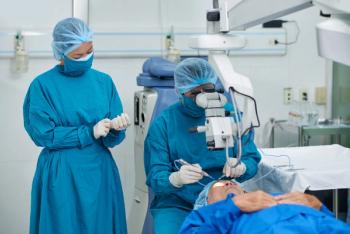
The Malyugin ring 2.0 expands the small pupil safely and effectively to enable excellent intraoperative visualisation. It has a good safety record and is easier to use than alternative methods.

In this roundtable, members of the Ophthalmology Times Europe® Editorial Advisory Board consider the top challenges and opportunities that they anticipate will affect ophthalmology in Europe in 2021.

During AAO 2020, Neal H. Shorstein, MD, explains how physicians at Kaiser Permanente have a streamlined regimen using a prophylactic drop-free drug before cataract surgery for more than a decade.

Rudy Nuijts of the University Eye Clinic Maastricht, the Netherlands, discusses the highlights of his AAO 2020 presentation on a combination treatment regimen for lowering the incidence of cystoid macular oedema following category surgery.

The possibility of taking precise measurements of total corneal astigmatism enable more patients to be spectacle-free following cataract surgery.

Clinicians and surgeons should be aware of the misleading use of the EDOF concept. The authors herein propose an alternative terminology and that lenses which have combined optical designs are referred to as ‘hybrid IOLs’.

With its higher costs, FLACS failed to provide an additional benefit over phacoemulsification for patients or in healthcare settings, despite its advanced capabilities.

The one-piece, small-aperture IOL IC-8 was found in a retrospective comparative review of studies to enhance vision at all distances, with improved visual acuities and a broad range of continuous functional vision.
